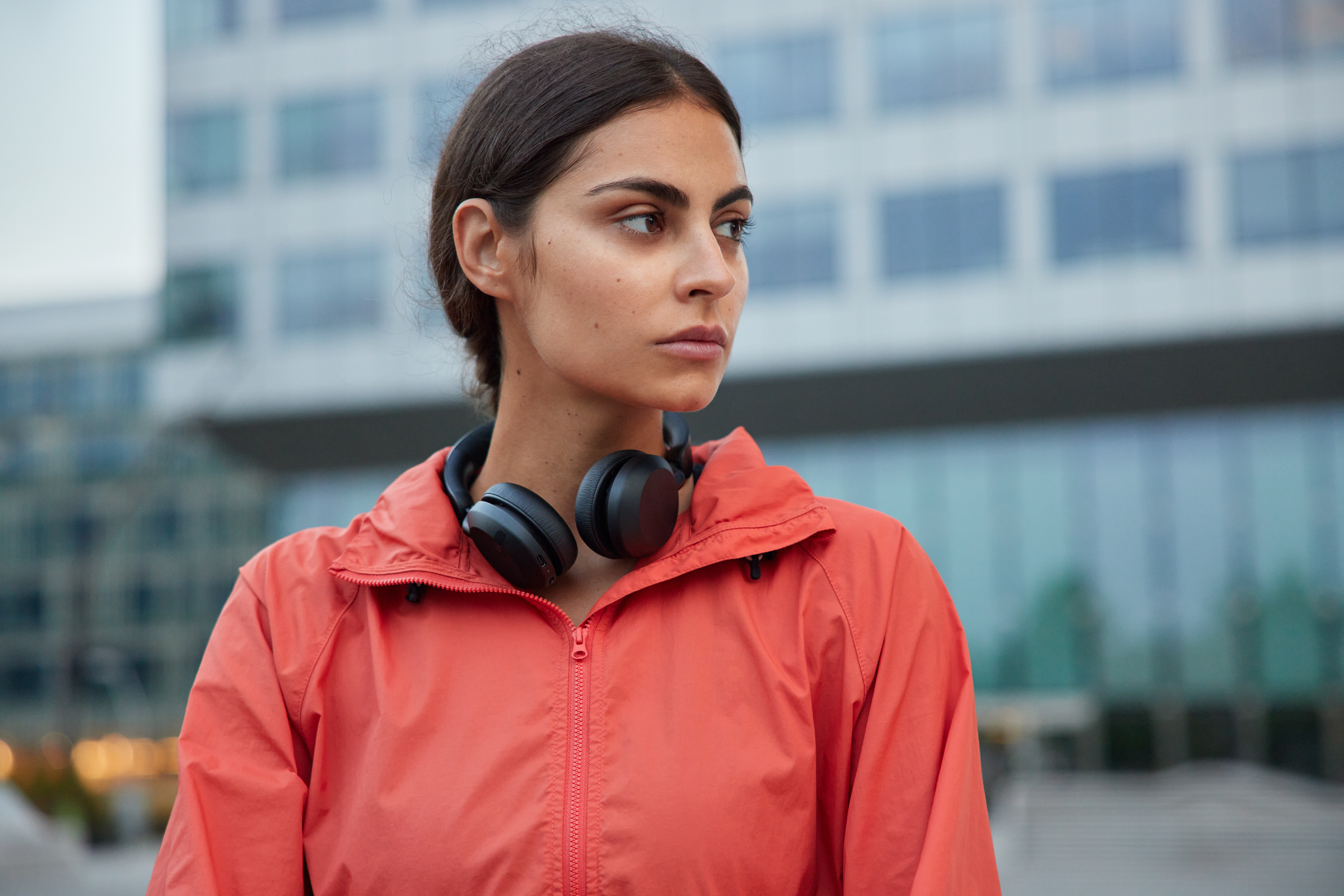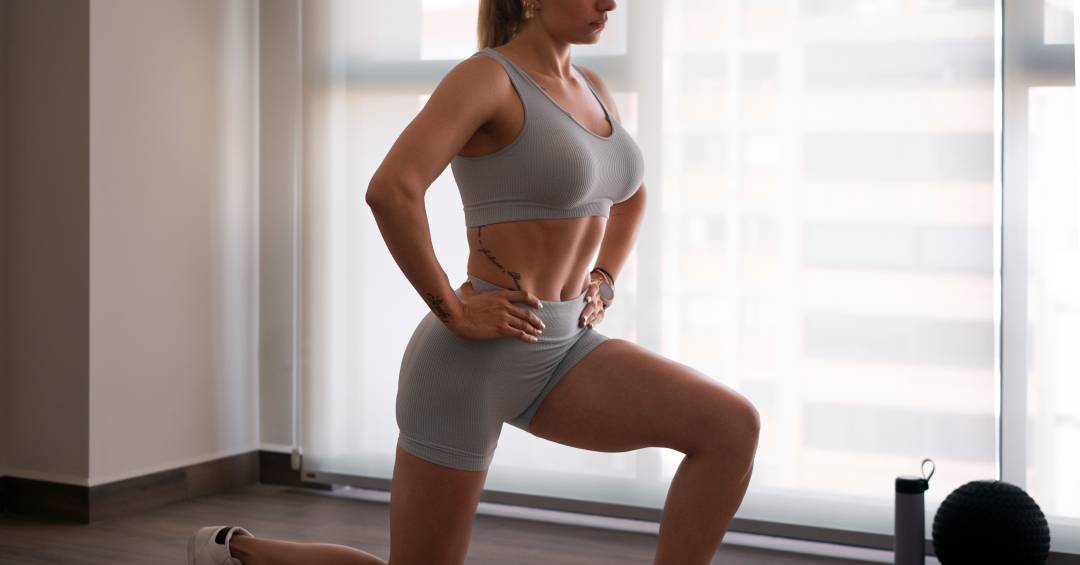

Training in the cold It's not an easy task, after all, what's more pleasant and cozy than a warm blanket in this temperature, right? Despite this, it's important that people don't give up on physical activities during the coldest times of the year and find ways to overcome laziness, especially because there are a number of benefits to this habit.
Second Peter Rabbita physical education professional at TotalPass, training in these conditions can enhance fat burning, because our body uses more energy to maintain its own temperature balance.
“With exercise, blood circulation increases, helping to prevent the onset of certain diseases, such as hypertension or heart attacks,” he says. He adds: “In addition, our respiratory system becomes more efficient in the hematosis process, improving energy for daily tasks.”
To help you get out of bed and train in the cold even on lazy days, check out five tips from the professional!
How to train in the cold
1
Always set a time
According to Coelho, identifying the best time to practice physical activities is ideal when the thermometers drop, both in terms of adapting to the routine and to “cheat” time.
“In the morning, temperatures tend to be even lower, which is a problem especially for those who like to exercise early in the morning. Therefore, changing your workout time to midday or late afternoon can be an option,” says the professional. “On the other hand, when people only have time to train during the coldest hours, they tend to be more motivated because they know they need to push themselves to achieve their goals,” he adds.
2
Organize your training clothes and equipment
The unwillingness to exercise in the cold also applies to other pre-workout activities, such as organizing fitness equipment before going to the gym. Therefore, it is essential to separate all these items the day before.
“Nobody wants to have to go through the hassle of packing a backpack with a towel, water bottle, watch and clothes for no reason, which means that organizing in advance also works as a form of incentive. Not to mention that it is a way to save time and focus only on getting to the training location,” highlights the professional.
3
Have training partners
Friends and family can motivate you to practice physical activities not only with words of encouragement, but also by being gym partners.
“In these situations, a great tip is to ask your physical education professional what workouts are for two people. This way, both people will feel motivated on colder days, especially because their performance tends to improve depending on how often they exercise,” says Coelho.
4
Discover the benefits and how to achieve them faster
In general, exercising involves setting goals, whether to improve physical fitness, strengthen the immune system, reduce cholesterol levels, shape the body, among others. In cold weather, however, these goals need to be even clearer so that the training schedule can be followed correctly.
“Seeking help from experts in the field helps people understand what they want to do with their bodies. By understanding this and discovering ways to optimize this process, the individual will feel even more prepared to achieve the desired results,” emphasizes the specialist.
5
Practice enjoyable activities
Despite the importance of creating discipline for a workout routine in the cold, leaving the house to exercise should be a pleasurable activity, which makes choosing the right physical activity essential.
“Exercises that go beyond the basics, such as dancing, Pilates, martial arts and yoga, are dynamic and break the feeling of mechanical repetition. At the gym, everyone also has their favorite equipment and using it is a great idea when temperatures are lower,” concludes the specialist.

